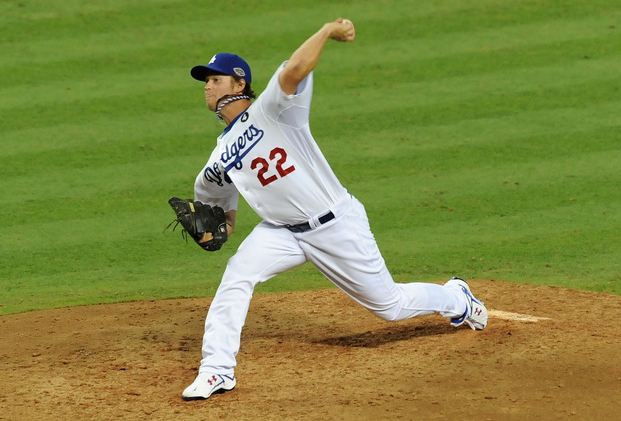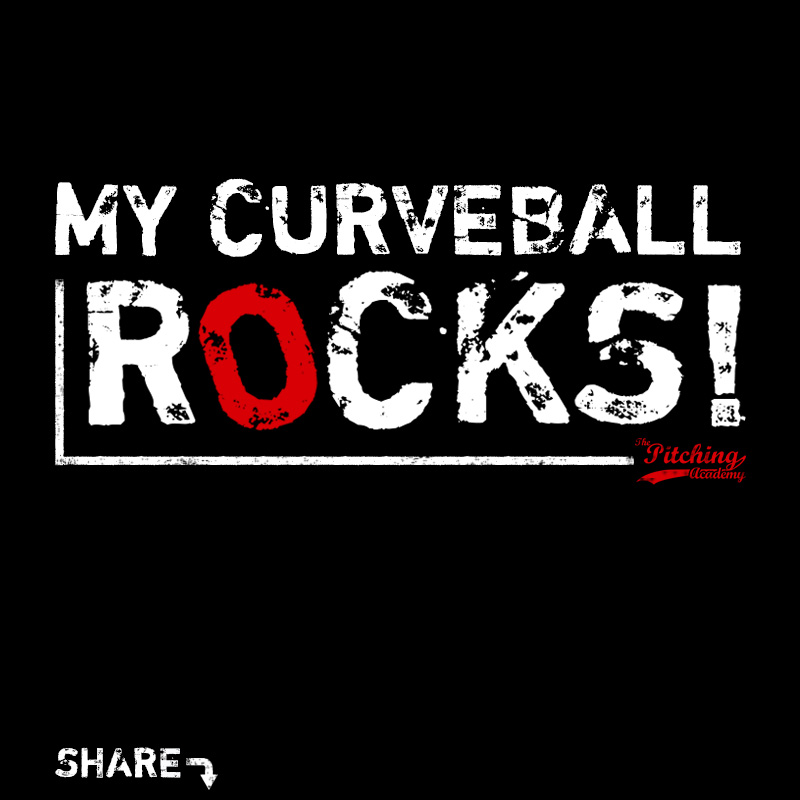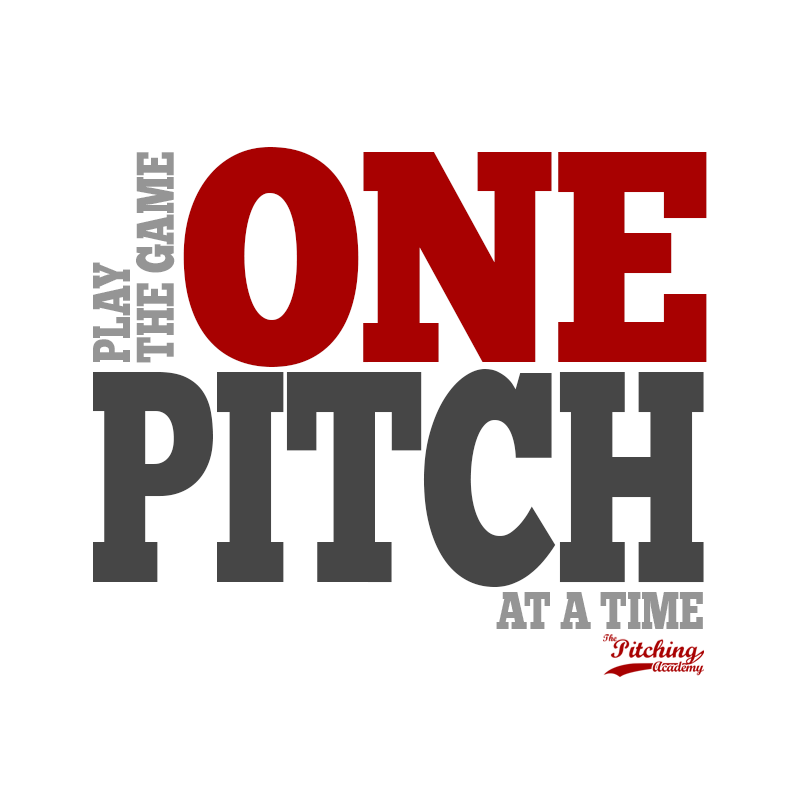
Clayton Kershaw Pitching Mechanics
February 22, 2015
Clayton Kershaw Pitching Mechanics
March 17, 2015Does your curveball rock?
When youth pitchers think of throwing a great curve, many of them imagine this looping, hanging curveball and think that is what it’s supposed to look like. After all, it curves right?
The most effective curveballs break late, hard and fast.
One of the first tips I give my pitchers when they learn to throw the curve is to do their best keeping their same mechanics. This is after I show them the grip and how to pull the pitch from their glove of course. I also show them videos of what great curveballs should look like. Why? To give them a good “visual” so they know it doesn’t drop from the sky. 🙂 Again, a curveball is fast and has late movement.
I also inform them how to properly release the pitch and where to release it (out in front). While I demonstrate this, I ensure they know they need to keep the same arm slot they use while throwing their fastball; or any other pitch.
To release the curve, all a pitcher has to do is position their wrist and forearm like the karate chop position. The “karate chop” action isn’t to be confused with raising your throwing arm high in the air and coming down hard on the ball. It’s simply changing your wrist and forearm angle; not changing your arm slot to 90 degrees.
You definitively want to avoid excessive twisting or snapping motions. Don’t ever try to “force” the rotation of the ball. It won’t work and it could put undue stress on your throwing arm.
To get a great feel of the pitch when you first start I recommend the knee drill. With the knee drill you can throw 100 or more curveballs everyday and get a “feel” for the pitch and how to release it. It will not put any pressure on your throwing arm.
I hope these few tips will help you on your journey to a curveball that rocks!




